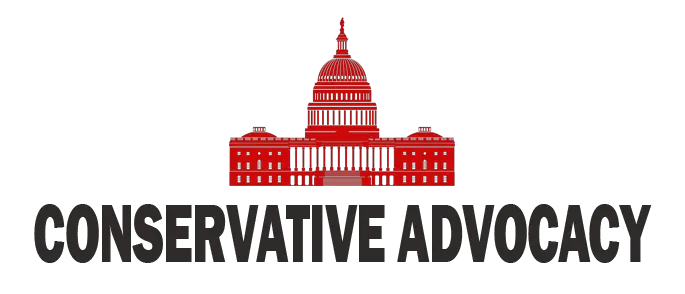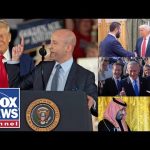In the bustling White House briefing room, important announcements were made that could shake up America’s economic landscape. Officials gathered to discuss a significant investment deal that could turn a hefty $600 billion into an eye-popping $1 trillion. The goal? To foster a more robust partnership with Saudi Arabia, focusing on technology, military cooperation, and more. It seems the world is paying close attention to the U.S. as a premier investment destination, especially in the realms of artificial intelligence and cutting-edge technology.
The big news was largely driven by the U.S. commitment to strengthening ties with allies, particularly Saudi Arabia. With the kingdom stepping up during tense moments, such as conflicts in the region, officials were eager to highlight the increasing military collaboration, including the coveted sale of F-35 fighter jets. Not only does this deal represent a financial investment, but it also reinforces the importance of the U.S. as a reliable partner on the global stage. The intent behind the investment is to ensure that U.S. innovations, especially in technology and artificial intelligence, remain at the forefront of the global economy.
Experts mentioned that this financial commitment is about more than just numbers; it’s about the trust and reliability that America offers its allies. The infusion of cash is aimed at bolstering the American economy, promising to create jobs and foster new opportunities in tech. With a rising demand for U.S.-produced semiconductors, the Saudis are primed to become significant players, looking to buy American chips and thereby support the country’s tech companies.
Of course, this bold plan is set against the backdrop of discussions around inflation and the economy’s overall health. Past government spending has been criticized, termed by some as reckless, and many believe this push for investment could counteract the inflationary pressures that have weighed down on consumers. The administration argues that these major corporate investments signal a confidence in a robust recovery, reshaping expectations for economic growth. The promise of $20 trillion in total investments from various sources aims to create a thriving marketplace for jobs and innovation.
On top of all this economic chatter, there are whispers of additional financial initiatives. Starting from January 1st, every child born in the U.S. may receive a government account set to invest in the stock market, teaching future generations the power of compounding wealth. This initiative hopes to engage young Americans in their economic futures, giving them a stake and providing an essential lesson in financial literacy.
In summation, these developments reflect a decisive moment for American economic policy. As the U.S. strengthens its alliances and focuses on investments that foster job growth, one can’t help but feel a sense of optimism for the future. If executed correctly, these initiatives could pave the way for a stronger, more resilient economy, leading America to rise even higher on the global stage. The journey has just begun, but the excitement in the air is palpable as officials prepare for the new possibilities on the horizon.




